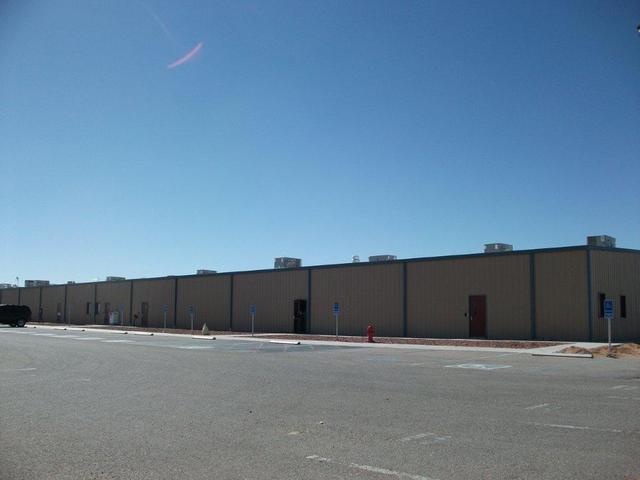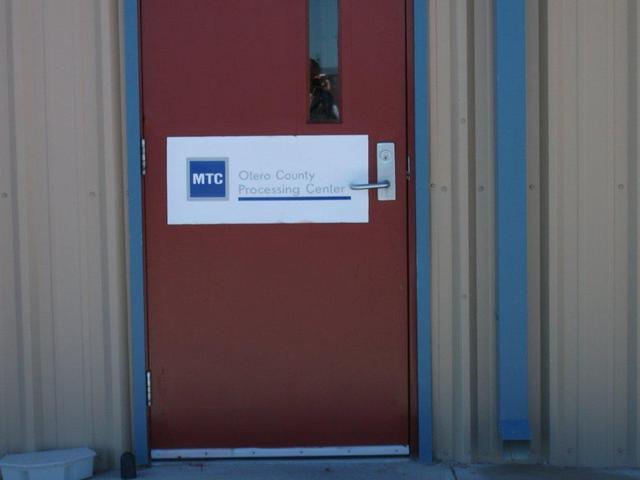Prison Or Processing Center? The Immigrant Detention Facility In Southern New Mexico
An Immigrant Detention Facility In Southern New Mexico Faces Sharp Criticism From The Aclu


Emily Carey

Emily Carey

Emily Carey

Emily Carey





